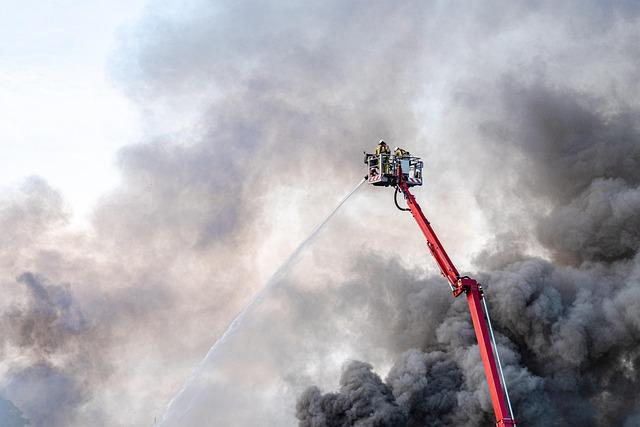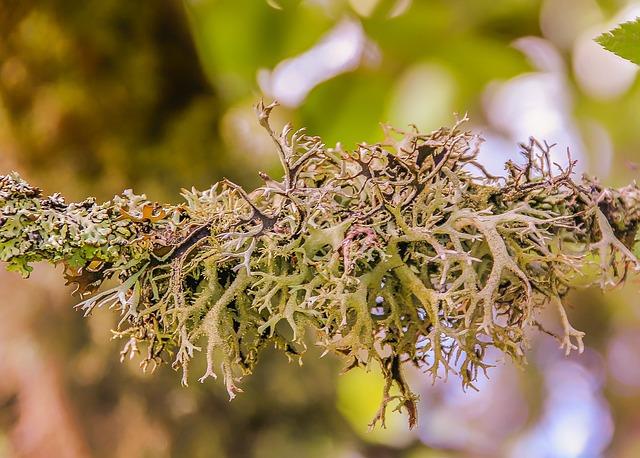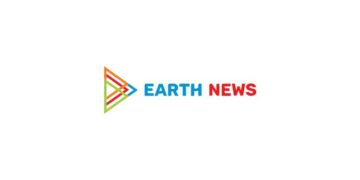As the winds shift and the temperatures rise, Washington State braces for the annual onset of wildfire season, a time when air quality can swiftly deteriorate and the safety of its residents comes into sharp focus. Recognizing the critical importance of timely and accurate information, the Washington State Department of Ecology has unveiled significant upgrades to its air quality map, enhancing its capabilities just in time for this year’s smoke season. These improvements aim to empower communities, providing them with real-time data to navigate the challenges posed by wildfire smoke. In this article, we will explore how these upgrades not only enhance the quality of information available to the public but also bolster Washington’s ongoing commitment to environmental health and safety.
Enhancing Air Quality Monitoring: Innovations in Washingtons Wildfire Smoke Response
Washington State’s response to wildfire smoke involves a series of innovative upgrades to air quality monitoring systems, enhancing public safety during the peak smoke season. By leveraging cutting-edge technology, authorities can now provide real-time data on air quality fluctuations across the state. This advancement ensures that residents receive timely alerts about hazardous air conditions, fostering informed decision-making.
Among the innovative features introduced is the integration of sophisticated sensor technology which enables more localized monitoring of air pollutants. These sensors are strategically placed throughout various communities, allowing for precise tracking of particulate matter levels. In addition to traditional methods, the following enhancements have been implemented:
- Mobile Applications: Easy access to air quality data on smartphones.
- Interactive Map Features: Real-time updates on air quality metrics.
- Community Engagement Tools: Platforms to share local conditions and updates among residents.
The latest updates have been incorporated into the air quality mapping interface, now featuring a user-friendly layout that clearly displays key information. In addition to visual enhancements, the state has also put in place educational initiatives aimed at improving public awareness regarding the health effects of wildfire smoke. The table below summarizes the essential air quality indices used in monitoring:
| Index | Description | Health Recommendations |
|---|---|---|
| PM2.5 | Fine particulate matter that can penetrate the lungs. | Avoid outdoor activities if levels exceed 35 µg/m³. |
| PM10 | Coarse particulate matter. | Reduce outdoor exposure if levels exceed 50 µg/m³. |
| Ozone | A ground-level pollutant harmful to respiratory health. | Stay indoors when ozone levels are high. |
These efforts are part of a broader commitment to protect public health and improve the quality of life in Washington State during wildfire season. By continuously investing in air quality technologies and community outreach, the state aims to empower its residents with knowledge and tools to navigate the challenges posed by environmental hazards.

Navigating the New Features: How the Updated Map Improves Public Awareness
The recent updates to the air quality map represent a significant leap in public awareness and actionable insights during challenging wildfire smoke seasons. This new iteration features a sleek user interface that makes it easier for residents and visitors to access real-time data on air quality conditions. With a simple navigation system, users can quickly pinpoint their locations and understand the implications of current air quality levels, making it an invaluable tool for planning daily activities.
Key enhancements include color-coded alerts based on the Air Quality Index (AQI) that provide immediate visual cues about air safety. The system not only illustrates current conditions but also includes predictive capabilities that forecast air quality changes in the coming hours. This proactive approach equips individuals with essential information to protect their health and well-being. Here are some standout features:
- Real-time monitoring: Live updates that reflect current conditions across various regions.
- Health recommendations: Tailored advice based on AQI readings to guide outdoor activities.
- Community engagement: Interactive features that allow users to report their local observations.
Moreover, the map includes an easy-to-read legend and tooltips that provide comprehensive data about pollutants and their potential impact. An accessible format ensures that even those unfamiliar with air quality terminology can grasp the vital information at their fingertips. Understanding the various pollutant sources and levels is crucial for mitigating health risks, especially in areas prone to wildfire smoke.
| Pollutant | Health Concern |
|---|---|
| PM2.5 | Respiratory issues, heart disease |
| Ozone | Breathing difficulties, lung damage |
| Nitrogen Dioxide | Asthma exacerbation |
By fostering a deeper understanding of air quality issues, the updated map enhances community resilience during smoke events. Users can better protect themselves and their families by staying informed and making educated decisions based on reliable, localized air quality data. The Washington State Department of Ecology’s commitment to improving user experience and enhancing public awareness through this tool reflects a proactive stance in addressing environmental health challenges.

Mitigating Health Risks: Recommendations for Residents During Smoke Events
During smoke events, it is crucial for residents to take proactive steps to protect their health and well-being. Limiting outdoor activities when air quality is at a hazardous level is vital. Staying indoors can significantly reduce exposure to harmful airborne particles. Ensure that windows and doors are closed tight to minimize smoke infiltration. Using air purifiers with HEPA filters in your home can also help maintain clean indoor air. If you don’t have an air purifier, creating a DIY solution using wet towels or bowls of water can temporarily help to trap dust and particles.
Monitoring air quality is essential, especially during wildfire season. Residents are encouraged to regularly check air quality reports from reliable sources. Keep an eye on the Air Quality Index (AQI) levels, which can provide real-time updates regarding the presence of unhealthy air in your area. The table below illustrates how to interpret AQI levels:
| AQI Level | Categorization | Health Effects |
|---|---|---|
| 0-50 | Good | Little or no risk |
| 51-100 | Moderate | Acceptable; some pollutants may be a concern for a minority |
| 101-150 | Unhealthy for Sensitive Groups | Increased health effects for those with respiratory issues |
| 151-200 | Unhealthy | Everyone may begin to experience health effects |
| 201-300 | Very Unhealthy | Health alert; everyone may experience more serious health effects |
| 301-500 | Hazardous | Health warnings of emergency conditions |
Additionally, it is advisable to keep medications for respiratory conditions readily accessible. Covering your face with masks designed to filter out particulate matter, such as N95 respirators, can help when going outdoors is unavoidable. Staying hydrated and maintaining a nutritious diet will also support overall health, particularly during these challenging times. Regular hand-washing and staying informed about local updates can further enhance your health protection strategies. By taking these precautions, residents can mitigate health risks posed by elevated smoke levels in the air.

Looking Ahead: Strategies for Ongoing Air Quality Improvement in Washington State
As Washington State confronts the growing challenges of air pollution, particularly during wildfire season, innovative strategies are essential for continuous improvement in air quality. One effective approach involves enhancing community engagement through educational initiatives that promote awareness about air quality issues. Programs that coordinate with local schools, businesses, and community organizations can disseminate information on monitoring air quality and understanding its impact on health. Workshops, informational campaigns, and tailored resources can empower residents to make informed decisions during periods of poor air quality.
Additionally, leveraging technology and innovation can significantly bolster air quality management efforts. The integration of real-time air quality monitoring systems across various regions can provide timely data that informs both residents and policymakers. This data may be used to develop proactive measures, such as implementing temporary restrictions on outdoor activities during high smoke days or deploying air purifying resources in vulnerable communities. The collaboration between tech developers and environmental agencies can lead to the creation of user-friendly apps that deliver alerts and safety tips directly to citizens’ mobile devices.
Furthermore, local governments and organizations can enhance their network of green spaces to counteract urban air pollution. Investing in and promoting the development of parks, community gardens, and tree canopy initiatives is vital for improving air quality and providing residents with healthier environments. Studies have shown that increased greenery not only filters pollutants but also promotes physical activity and mental well-being. A partnership among state agencies, non-profits, and local businesses to fund and maintain these green infrastructures can foster resilient communities that are better prepared for the challenges posed by wildfire smoke and other air quality concerns.
Future Outlook
As we embark on another wildfire season, the upgraded air quality map from the Washington State Department of Ecology serves as a crucial tool for residents navigating the challenges posed by smoke and pollution. With enhanced accuracy and real-time data, this innovative resource empowers communities to make informed decisions about their health and safety. Whether you’re planning outdoor activities, monitoring air quality at home, or simply curious about the environmental changes around you, this map will illuminate conditions in a clearer, more actionable way. As we all strive to breathe easier and protect our precious environment, staying informed is more important than ever. This season, let’s harness the power of technology to foster resilience and awareness as we face the smoke on the horizon together.































